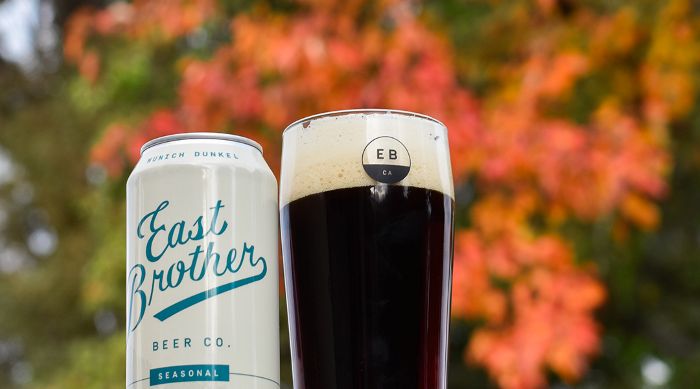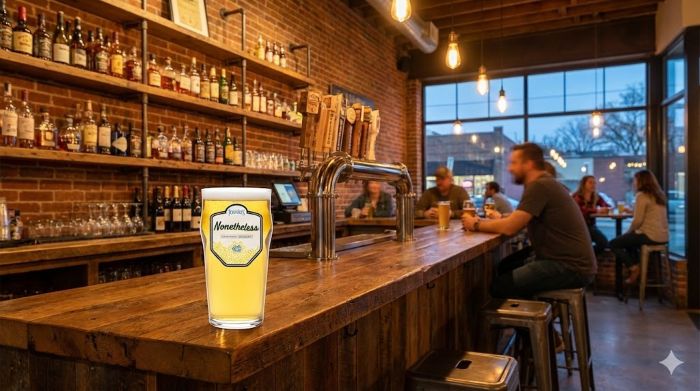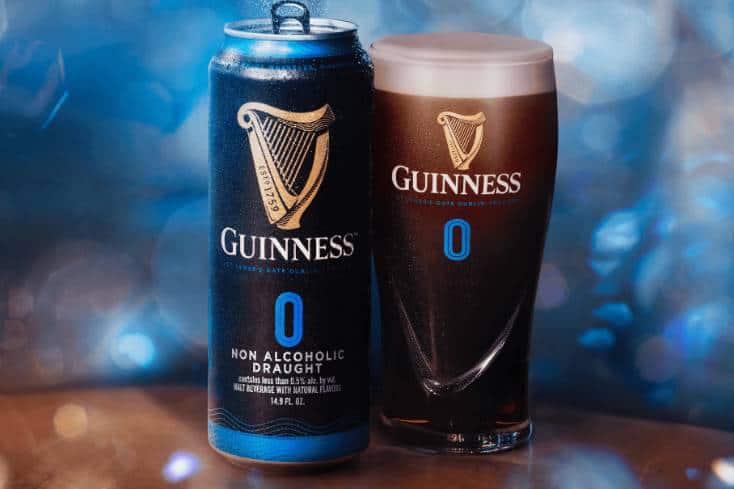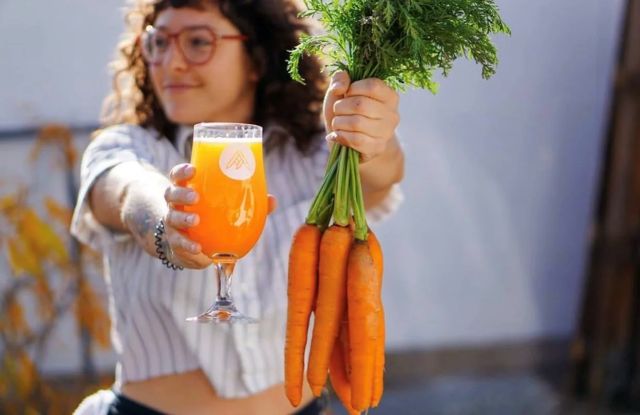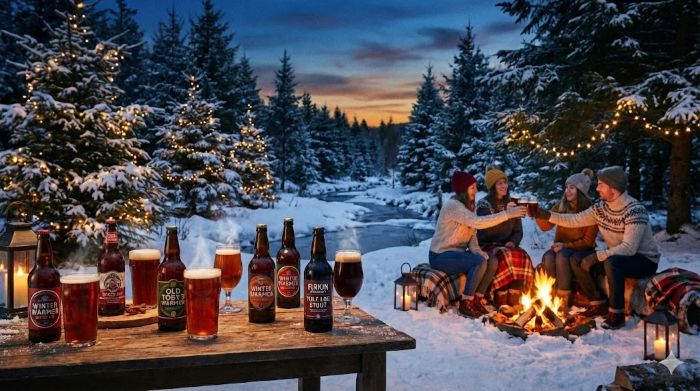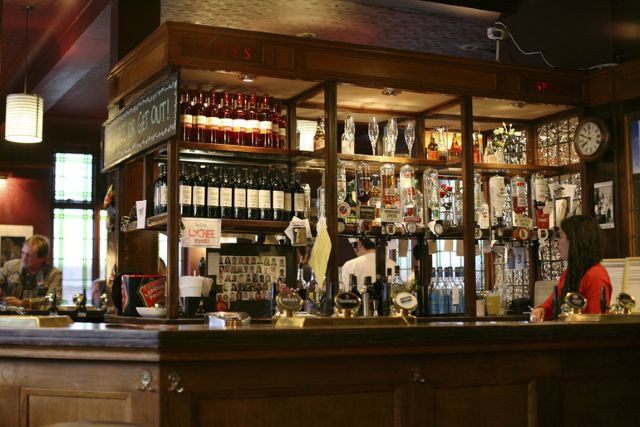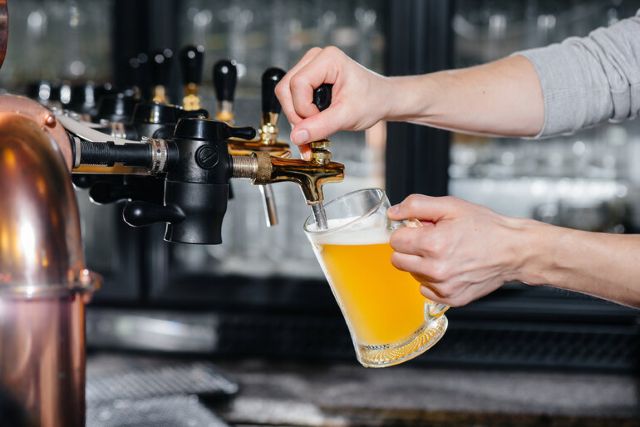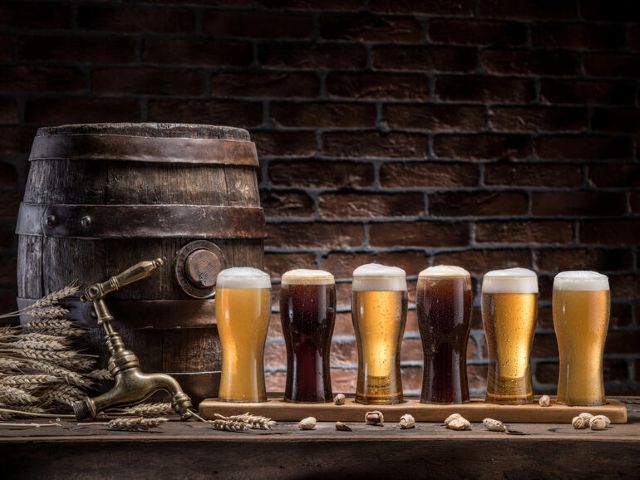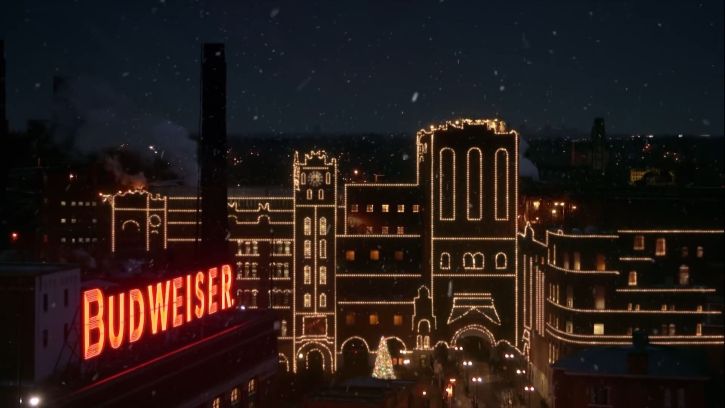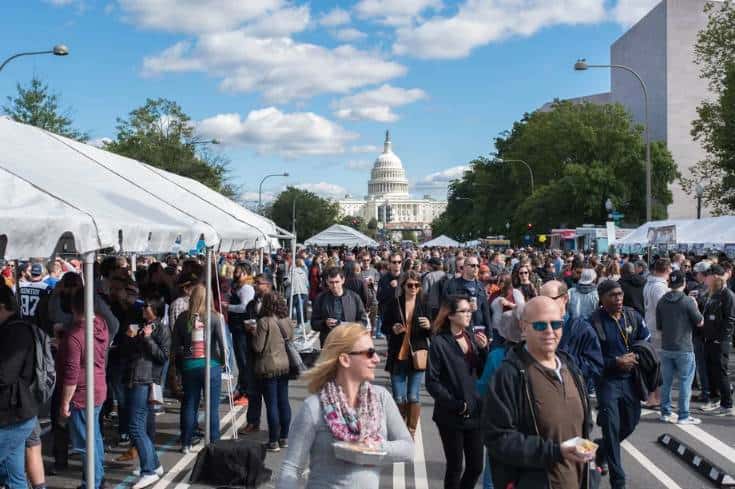Why U.S. Craft Beer Production Is Declining, And What’s Brewing Next
Why U.S. Craft Beer Production Is Declining, And What’s Brewing Next
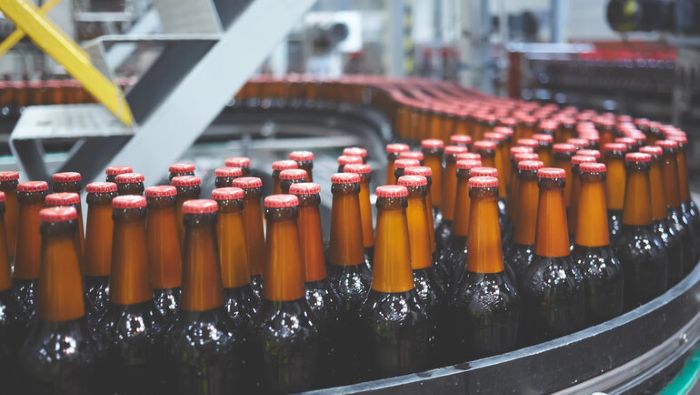
In case you have visited your regular brewery recently and noticed how a little quieter the environment was, it is not your imagination that it was. U.S. craft beer production seemed to decline by nearly 4% in 2024, the first real slowdown in years of astute growth. Shelves, which were previously overflowing with the daring IPAs and experimental rich stouts, are slimming down, and the breweries are resetting their tabs. And beyond the figures, smaller operations are undergoing narrower margins, increasing ingredient costs, and stiff competition, all of which is redefining it behind the tap. It is a time to take a break, to enjoy, and see the slight changes in the landscape of craft brewing.
The Boom That Got Too Big for Its Keg
Let’s rewind a bit. There was a time when opening a brewery felt like opening a rock band. You didn’t even need a business plan, just a beard, a garage, and a dream. For two decades, America went wild for local brews, from hazy Vermont IPAs to coconut porters in San Diego. But somewhere around 2023, the magic started to flatten out. By 2024, there were over 9,500 breweries across the U.S., and you can only fit so many cans on a shelf. Every city had a dozen “best local IPAs,” and suddenly, it wasn’t cool to try all of them. People got overwhelmed. In short, the market got drunk on itself.
The Money Problem No One Likes to Talk About
Behind the scenes, things got expensive, really expensive. The cost of hops, barley, aluminum, and even water has climbed. Craft breweries struggle as small operations that used to scrape by on passion now face inflation and shipping fees. Add to that the fact that big beer conglomerates have learned to mimic the indie vibe (looking at you, “artisan” labels with billion-dollar budgets), and you get an uneven playing field. Some local brewers are quietly selling out, while others are barely holding on. It’s not that craft beer stopped being good; it’s that it stopped being cheap to make, and people aren’t spending like they used to.
Tastes Are Changing Faster Than You Can Say “Hazy IPA”
The biggest shift, though, is in what people actually want to drink. Gen Z doesn’t romanticize beer the way Millennials did. They grew up with wellness culture, liquid IVs, and a thousand TikToks telling them alcohol is “so 2010.” And honestly? They’re not wrong. Hard seltzers, non-alcoholic beers, and even “functional beverages” are eating into the beer crowd. Drinking habits are moving toward moderation, not celebration. The pint glass is becoming optional. Even for older drinkers, the ritual has changed. Fewer bar nights. More Netflix nights. Taprooms that once buzzed with trivia and live bands are quieter now, victims of a culture shift no one fully saw coming.
Meanwhile, Somewhere in a Different Kind of Taproom
Funny enough, the craving for community and thrill hasn’t disappeared; it’s just moving into new spaces. If the old Friday night used to be about pints and playlists, now it might be about pixels and live chats. Engage with Live Dealers at Hell Spin Casino, and you’ll see what I mean. The energy is oddly similar, people connecting, competing, laughing, all in real time. Hell Spin recreates that sense of shared buzz, minus the hangover and sticky bar floors.
The Reinvention Phase
Still, craft beer isn’t dying. It’s just growing up. Many brewers are getting creative in ingenious forms- testing beer cocktails or barrel-aged kombucha, or small-batched, limited-edition beers sold directly to loyal customers. Others are doing away with grocery stores entirely and opting instead to taproom experience or online subscriptions. Take a mystery box of small-batch brews to your door, with tasting notes by the brewer herself, every month. This is the direction things are going. The novice craft movement may be lesser, but it is more deliberate. Not to seek the hype, but to establish a connection.
A Return to the Neighborhood Spirit
One beautiful trend? The emergence of the micro-microbrewery- small neighbourhood breweries that do not brew in the world, but on the block. They have community trivia, pour regulars, and their customers are not strangers to them. The national distribution is not the dream of these brewers; they simply want to make great beer for real people, right there. It is the energy that made the movement unique, before the entry of marketing. And that is where craft beer can redeem itself: in remaining human-sized.
The Future, Unfiltered
Having said that, 2024 was not the most favorable year in the craft beer industry. A four percent decrease in production is not good, but it is a wake-up call. Perhaps this has ended the days of more, more, more. Perhaps the following book will be on brewing smarter, not bigger, and embracing experimentation in craft brewing. Just as fashion, beer is cyclical. The thing that may save it is what has become old-fashioned: plain lagers, good storytelling, and community atmosphere.
Authentic, cost-adaptive, and changing-drinkers brewers will survive. And if they don’t? Well, the world will not cease rotating. It will simply seek to relax differently. In the meantime, we will raise a glass, not to what is coming to an end, but to what is coming next. Due to the fact that, had we learned one thing about beer (and life), it is this: that the best brew of anything begins as something a little questionable. Cheers.

